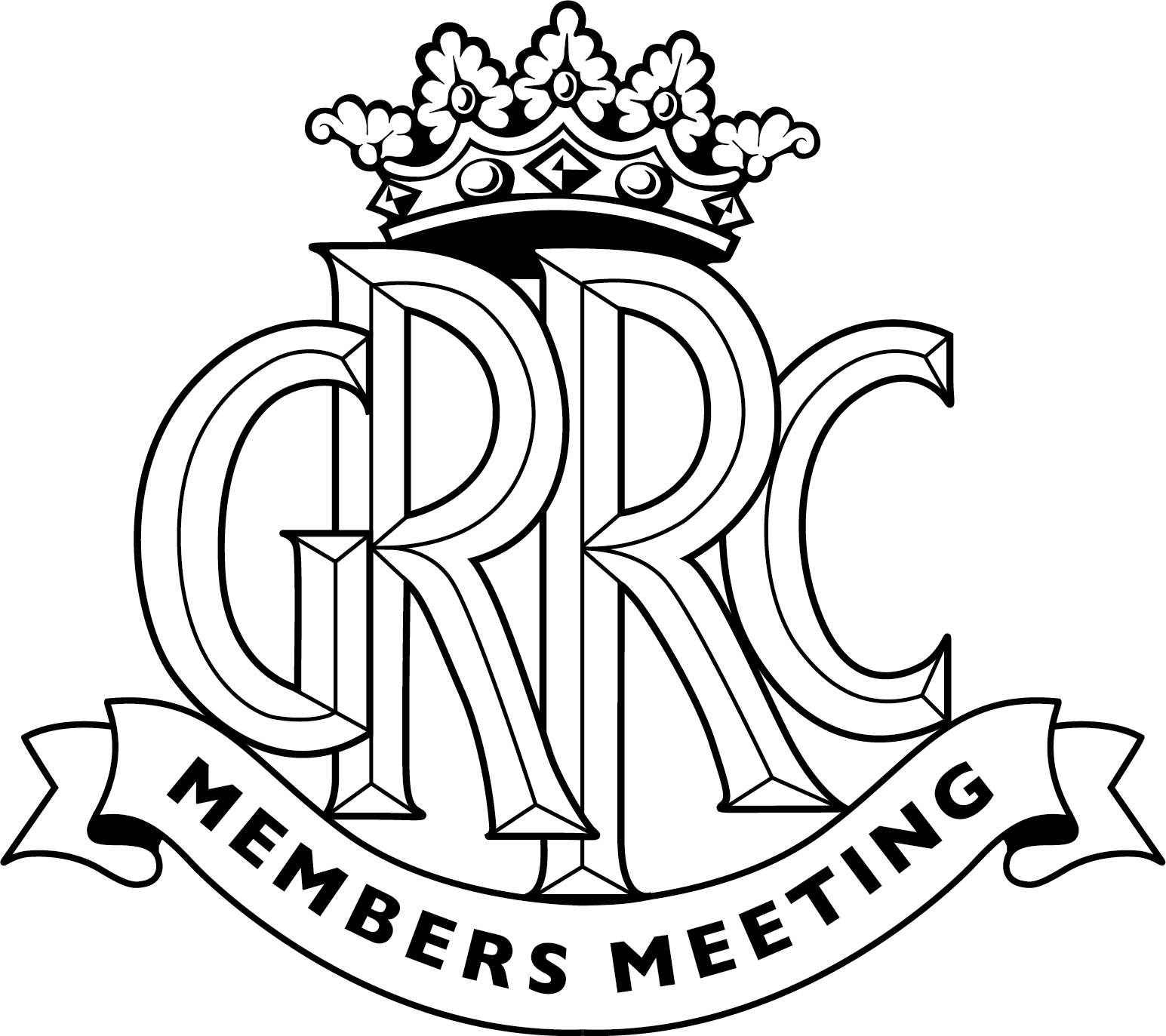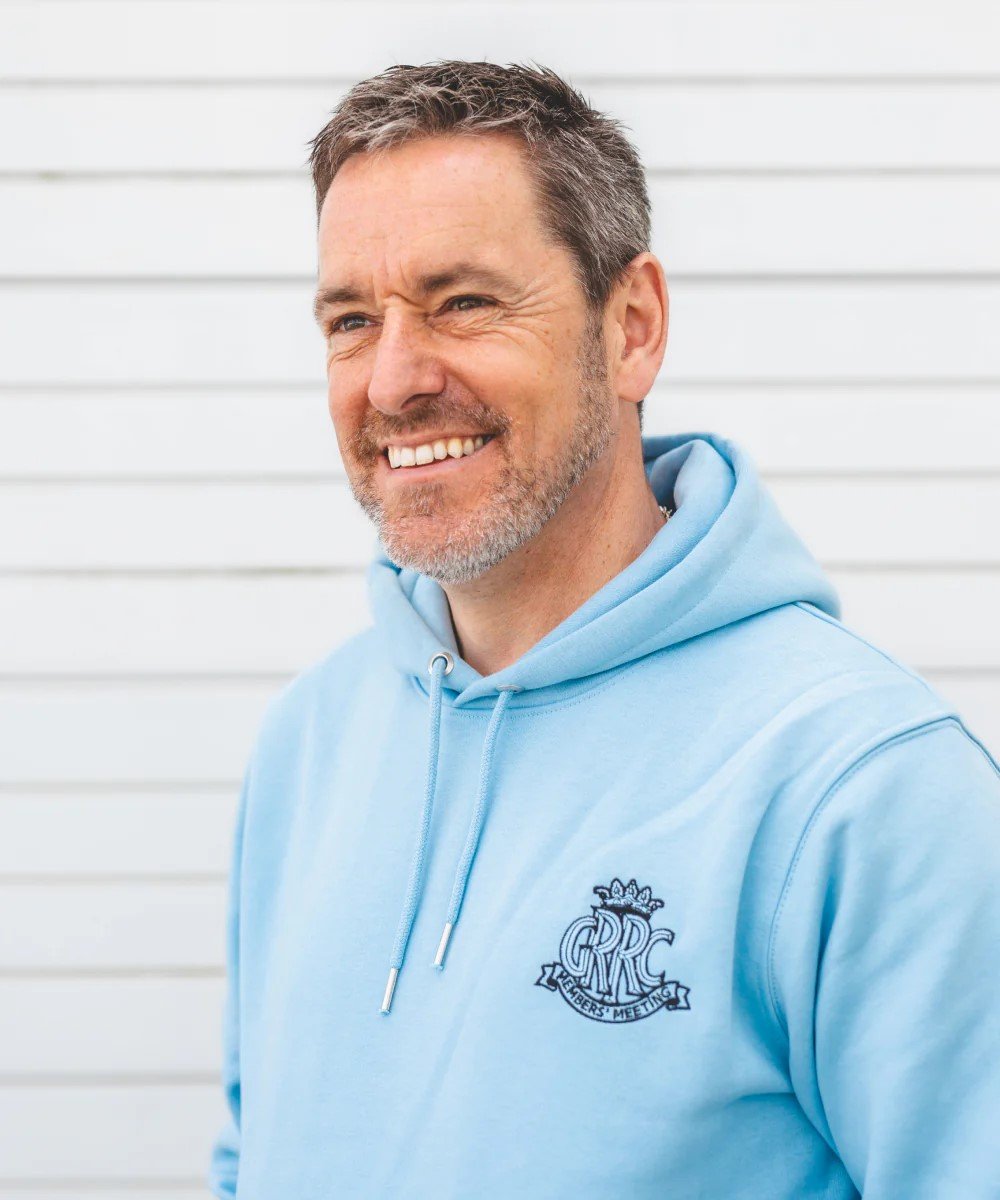When Porsche tackled Dakar with a hypercar
The mid-Eighties were good to Porsche. The 911 Turbo was flying out of the showroom faster than folk could shout ‘Buy.’ And seven successive wins turned a day in La Sarthe into an annual Zuffenhausen benefit.

But that wasn’t enough.
That four-wheel-drive thing was happening in rallying; maybe that was worth a look?
These were the heady days of Group B. Days when greed and power, money and success were all that mattered. Lancia, Audi, Peugeot, Ford and more, they were all at the table raising the stakes season after season. When Porsche revealed its cards, the rest turned and looked. And looked worried.
The 959 was a beast of thing. Two turbos meant it would hit the ground running with 600bhp with a trick, road car-derived four-wheel-drive system to transmit gargantuan levels of power and torque to mother earth with embarrassing ease. The World Rally Championship, one might have thought, was at its feet.
And then, before Porsche could unleash hell on its rivals, everything changed. The window of opportunity had gone as quickly as it arrived.
Would the Group B 959 have really worked in the WRC? In all honesty, probably not. The tricky diffs, scoops and spoilers all read well, but how would they have played out through a dark, dank and wet-through Kielder in late November?
Porsche did, of course, have a pretty solid pedigree in the world of rallying before the 959 and Group B. Liege-Rome-Liege wins didn’t come easily, but the 356 bagged four of them in the Fifties, before beautifully balanced 911s in 2.0, 2.2- and 2.5-litre form took over. Fast forward to the World Rally Championship and there’s the stunning 911 SC RS, which might have missed WRC success, but won events as diverse as Donegal and Oman.
That SC RS was Porsche’s introduction to Prodrive. Or David Richards Autosport as the then Silverstone-based outfit was known. Richards was well know to Rothmans, having co-driven Ari Vatanen to the world title in 1981 in a blue, gold, red and white-livered Ford Escort RS1800. When Richards called a halt to his co-driving days, he also called Rothmans with a plan for the future.
That plan involved a long-term alliance with his new preparation firm, which would, in a couple of years, bring Porsche firmly into the rallying equation.
The 911 SC RS was essentially a stop-gap car for Prodrive and Porsche. The 959 was the one they wanted. And the one they waited for.
“We were looking at a world championship programme for the 959,” says Prodrive’s technical director David Lapworth. “But we never really got close. Everything was a bit delayed [with the road car] and by the time we were ready to start work on development, the moment had passed.”
Keen not to pass up on the opportunity for demonstrating the worth of its four-wheel-drive system, Porsche pressed ahead with the 959 and sent it in the direction of the desert.
Prodrive would provide some initial know-how, but the planned Dakar programme would be an out-and-out factory effort from Stuttgart.
As a late-20s engineer, Lapworth was excited about the potential for the Porsche project.
“It wasn’t exactly a clean sheet of paper,” he says. “But for various parts of the car, we were just given some drawings – for the suspension pick-up points, for example – and told to make it work. That was great for me, it was a really interesting project to be involved with. But when we were working on the rally car, it was a prototype. The road car hadn’t even come out at that point. Most of the shells we were sent, for example, had started out life as 911s…”
Two cars were entered for the 1985 Pharaohs Rally: a factory-built version for Jacky Ickx and a Prodrive car for Saeed al Hajri. The Belgian’s car failed and burned out – almost still in the shadows of the pyramids out of the Cairo start – while al Hajri went on to win.
“It was a good car,” says Lapworth. “I remember the first time I tested it at Bagshot, it was effortless to drive and had so much power and torque from two turbos: a smaller one for response and the second, bigger turbo for top end. Ours had getting on for around 500bhp, but later I did some demonstration events and drove the car with the full 600; it was an absolute rocket.
“But it was built to get over things, it was built for endurance and it did that. From memory, we didn’t have a single issue on the way to winning Pharaohs.”
And Lapworth played an important role in that event – driving the al Hajri car all the way from Northamptonshire for the night boat to Cairo from Marseille.
“We needed to put some miles on the car,” says Lapworth. “It was still so new. We talked to the factory and they were happy, they told us not to put it on a trailer, then we had 1,000 miles to see how it ran. It was perfect. And the best bit? I only had to stop for sandwiches and coffee – it had a 450-litre capacity, so I got down there on one tank of fuel!”
At its first attempt, the 959 fell and failed at Dakar, but in 1986 Rene Metge led Ickx home in a glorious one-two for Porsche. Group B might have been the grand plan, but it was North Africa which became the perfect proving ground for Porsche’s – and Prodrive’s – most capable of rally cars.
Photography courtesy of Motorsport Images.
FOS
FOS 2018
Porsche
959
Dakar
2018
















































































